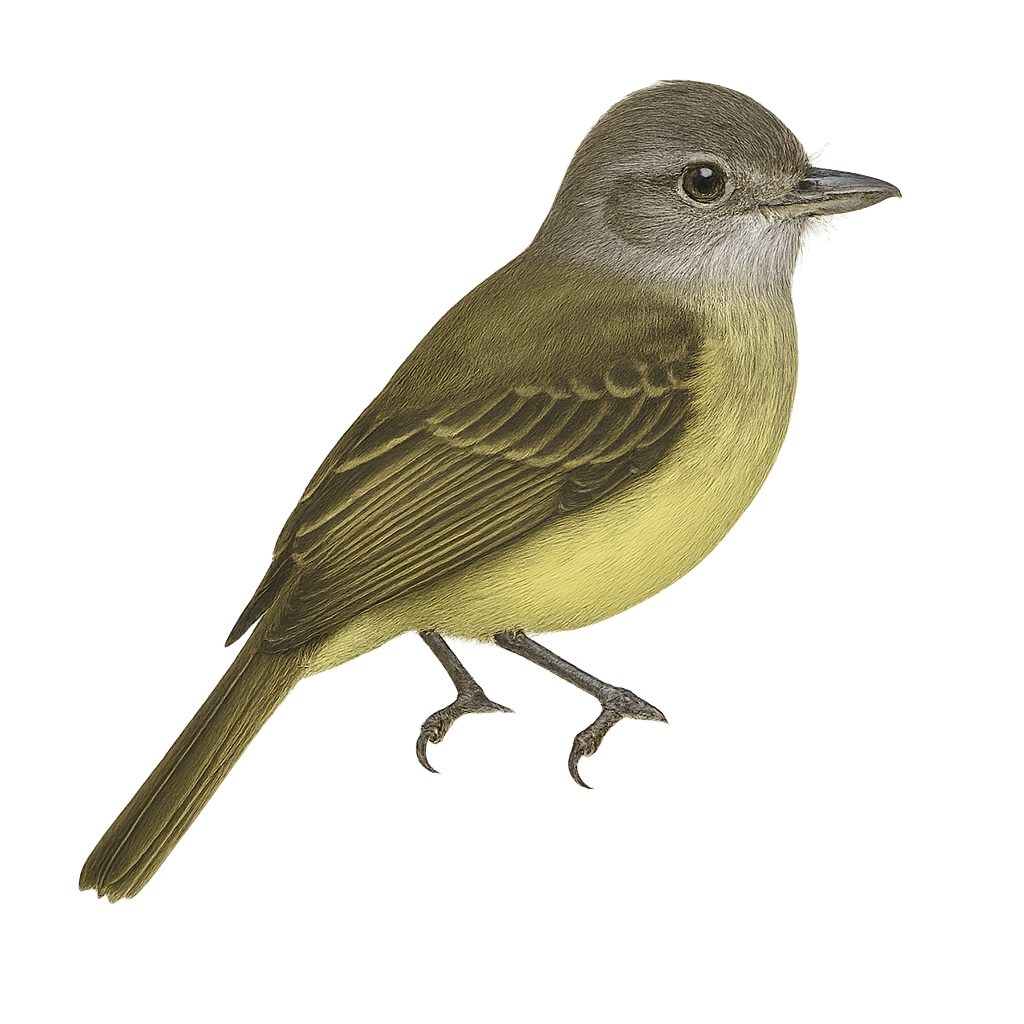Your wildlife photography guide.
Explore the greenish elaenia in detail, study its behavior, prepare your shots.
Where to observe and photograph the greenish elaenia in the wild
Learn where and when to spot the greenish elaenia in the wild, how to identify the species based on distinctive features, and what natural environments it inhabits. The WildlifePhotographer app offers tailored photography tips that reflect the greenish elaenia’s behavior, helping you capture better wildlife images. Explore the full species profile for key information including description, habitat, active periods, and approach techniques.
Greenish Elaenia
Scientific name: Myiopagis gaimardii

IUCN Status: Least Concern
Family: TYRANNIDAE
Group: Birds
Sensitivity to human approach: Suspicious
Minimum approach distance: 10 m
Courtship display: March to June
Incubation: 16-18 jours
Hatchings: March to July
Habitat:
Tropical rainforests, forest edges, wooded areas
Activity period :
Primarily active during the day, with peak activity in the morning and late afternoon.
Identification and description:
The Greenish Elaenia, Myiopagis gaimardii, is a small passerine bird belonging to the Tyrannidae family. It is primarily found in the tropical rainforests of Central and South America, where it is distinguished by its olive-green plumage and lighter belly. This bird is often observed alone or in small groups, feeding mainly on insects caught in flight. Its ability to blend into dense foliage sometimes makes it difficult to spot. Although not currently threatened, deforestation poses a potential risk to its natural habitat. The Greenish Elaenia is also known for its distinctive song, which plays a crucial role in communication between individuals, especially during the breeding season.
Recommended lens:
400 mm – adjust based on distance, desired framing (portrait or habitat), and approach conditions.
Photography tips:
To photograph the Greenish Elaenia, it is advisable to use a telephoto lens of 400mm or more to capture detailed images without disturbing the bird. Look for it in tropical rainforests, especially along the edges where it is more active. Be patient and attentive to its distinctive song to locate it. The natural light of the morning or afternoon is ideal to highlight the shades of its plumage.
The WildlifePhotographer App is coming soon!
Be the first to explore the best nature spots, track rutting seasons, log your observations, and observe more wildlife.
Already 1 429 wildlife lovers subscribed worldwide

